Some images from Hawaii this year. All of these are taken around the town of Paia with the Fuji x100.
Personal work- Hawaii 2013
Some images from Hawaii this year. All of these are taken around the town of Paia with the Fuji x100.
Some images from Hawaii this year. All of these are taken around the town of Paia with the Fuji x100.
For more than a decade, each new Polaroid product prompted Samaras to embark on a fresh suite of experiments. Panorama belongs to a series he began in 1982. For each image the artist made several eight-by-ten-inch Polaroids of a single figure. He then cut each print into strips of equal width and reassembled them to create an elongated hybrid image. This simple technique stretches the figure as a fun-house mirror would, yielding the quality of theatrical fantasy that permeates all of Samaras's work.
LS: I think even at a young age I became aware that two kinds of fame were available: One is the kind you get from building this great church; the other is the kind you get from burning it down.
Since the late 1970's Zeke Berman has been making singular, studio-based photographs. These works reflect his long standing interest in visual cognition, optics and the intersection between sculpture, photography and drawing. The formal range of his work, and his sculptural use of materials is varried, original and idiosyncratic.
Some selected works from Zeke Berman, fine art photographer.
The manual for the MP-E 65mm lens I use has an aperture conversion chart, which allows me to calculate the “effective aperture at given settings and magnifications. For example, setting the lens to a 5:1 magnification and f/16 will result in an aperture of f/96. At that aperture, diffraction limiting plays a huge role in giving you a blurry image, and your snowflake still wouldn’t be in focus from front to back.My solution is to slowly move the camera forward and backward through the focus of the snowflake, firing off as many images as possible. I may take up to 200 images of the same crystal, and then choose between 30-40 of them to combine together. Because I’m shooting hand-held, the frames I need are often unevenly spaced and out of order.
Each image is done entirely hand-held. No tripods or focusing rails are used in any of my images. I’m often asked why, and the answer is: necessity. If I took the time to line the subject up perfectly on a tripod, the snowflake will have either melted, blown away or be smothered by other falling snow.
Brief Encounters Trailer
Big fan of his work, would love to track this down to watch. Can't belive I just found it today. I feel like I must have been living under a rock.
Just wanted to say howdy to anyone swinging by and welcome to the new improved danklife website! Super stoked to have finally rebuilt it all up from scratch. Look for more frequent updates in the portfolio as well as blog posts about photography and what have you.
Enjoy!
Essentially, what you have in the X100s is a tiny, super capable camera with fast, sharp glass that handles like a Leica M. The 16MP X-Trans chip is the best APS-sized chip I have seen—in skin tones, high ISO and sharpness. (They changed the distribution of the RGB pixels and lost the low-pass filter without getting moiré.) It is also insanely customizable. And silent.Again, echoing Zack Arias here when I agree that Fuji is the new Leica. As someone who used many different Leica M film rangefinders, this thing is more Leica M than any digital camera Leica has made yet. By a long shot. And at a small fraction of the cost. If you woulda just used your film M camera with a 35/2 lens permanently on it, as many did, this is your camera.
.....
The sweet spot with the X100s is to shoot on (L)100 ISO, at 1/1000th of a sec at f/2 with the built-in 3-stop ND filter engaged. That will underexpose full daylight. You can then overpower the sun with a small flash and shoot wide open in the process for gorgeous backgrounds at f/2.
Because of the ND filter, the equivalent exposure for your flash would be as if it were exposing something fully at f/5.6 at ISO 100. Doable, at modest range with a speedlight in an umbrella. And you can own the sun at any aperture with any monobloc.
Good review of the new Fuji. I have the older x100 and i love it more then any digital camera I have owned. The new one sounds like a hell of a update.
The advertising in question was challenged before NAD by The Procter & Gamble Company, a competing maker of mascaras. P&G took issue with advertisements featuring visuals of model’s lashes and product performance claims related to eyelash length and volume. P&G asserted that the visuals were identical to those that appeared in Canada and the UK, together with a disclosure that stated “Lashes were enhanced in post-production.” NAD is an investigative unit of the advertising industry’s system of self-regulation. It is administered by the Council of Better Business Bureaus. Upon receiving NAD’s initial inquiry, the advertiser advised NAD that it had permanently discontinued all of the challenged print and broadcast advertisements prior to the challenge and affirmed that the in-store advertising would soon be replaced with new advertising.
Interesting. Note how they had to include a disclaimer, “Lashes were enhanced in post-production.” and it was still pulled for false advertising. Oddly enough I am in favor of realism in advertising.
Photographer James Hodgins of Sudbury, Ontario has come up with a creative visual solution for a perennial marketing challenge: Convincing clients who think they can shoot their own photography that they will get better results if they hire a professional photographer.“People are visual. When you start talking lights, they tune you out,” Hodgins says. One day it dawned on him to invite a client to tag along on a shoot with her own camera. “I said, ‘You take the picture you would have taken, and then I’ll take mine the way I would.”
Photographer: James Hodgins
Oh man, great idea. May have to use this one with a few of our clients as well.
The result of the short-term project was the Phase One IQ180, based on an 80mp sensor co-developed by Phase One and Dalsa. It raised the 1-min@ISO50 bar set by the Phase One P 65+ to 2-min@ISO35. The improvements were modest, but greatly appreciated by many photographers who found that 1 minute was just at the cusp of what they needed and 2 minutes was enough to placate most of their long exposure needs. But many landscape and architectural photographers needed much longer exposures still, and this would require much more than small tweaks. It would require a complete redesign, an entirely new technology, and close collaboration between the hardware, firmware, and software teams.
My name is Marinus and I’m a 28-year-old from Dutchland. (sometimes referred to as the Netherlands)
I didn’t know this when I started this blog, but apparently I make GIFs. Most of them are of wildlife and things I find funny or interesting. -Head Like a Orange
Great GIF blog. Very creative use of GIFs.
For the traveling photographer—or anyone who shoots in the field—the release of the iPad offered the possibility of a much lighter, easier field kit. Unfortunately, for the first few years of the iPad’s existence, the software did not exist to facilitate a pro-level workflow. Over the last few months, though, a few new apps have hit the store, and they’ve brought some important new post-production capabilities. Depending on your post needs, you might now be able to get away with taking only your camera and an iPad into the field.
In this series of works I invited intimate friends over to tell me a secret as I took their portrait. However, my intention was not to hear their secret, but to capture the expressions of each one at the moment they revealed their secret. I also asked each one to choose a song for me to listen to in my ear phones while I photographed them. And, after the photo session, I asked each one if the secret had a color, and these are the colors the portraits carry. From this photo shooting session I chose 10 different portraits to cut and overlap. -
10 cut-out photographs and acrylic sheets
OK, this is pretty awesome.
The Slanted Lens does a test with pulling stills from video footage. The basic run down is that it's a fight between slow shutter speeds which look good in motion but blurs when you try to pull a still. Love the camera though. Great vid.
Photoshop has grown and changed over the last two decades, becoming something new and unexpected. That’s great: it means new functionality and (in theory) better performance. But if, like my dad, you’ve been using the app from the beginning, when it was a tiny village that did one thing and did it well, you might be suspicious of all this change. Or at least wonder what it’s good for. Photoshop today seems basically feature complete, and totally unassailable. It’s more than just the best professional image editing app: it’s kind of the only professional image editing app. It’s the city that, to do your job, you have to live in.
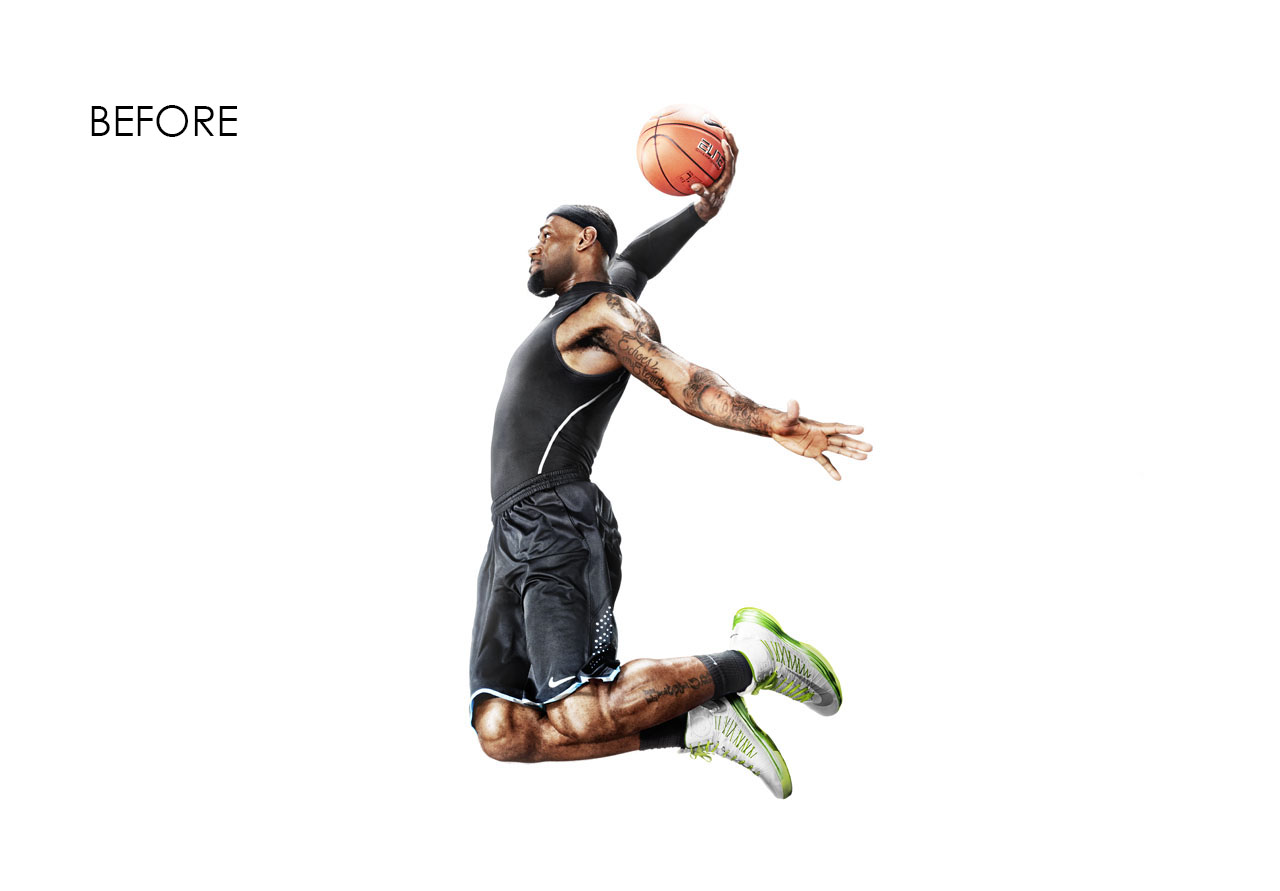
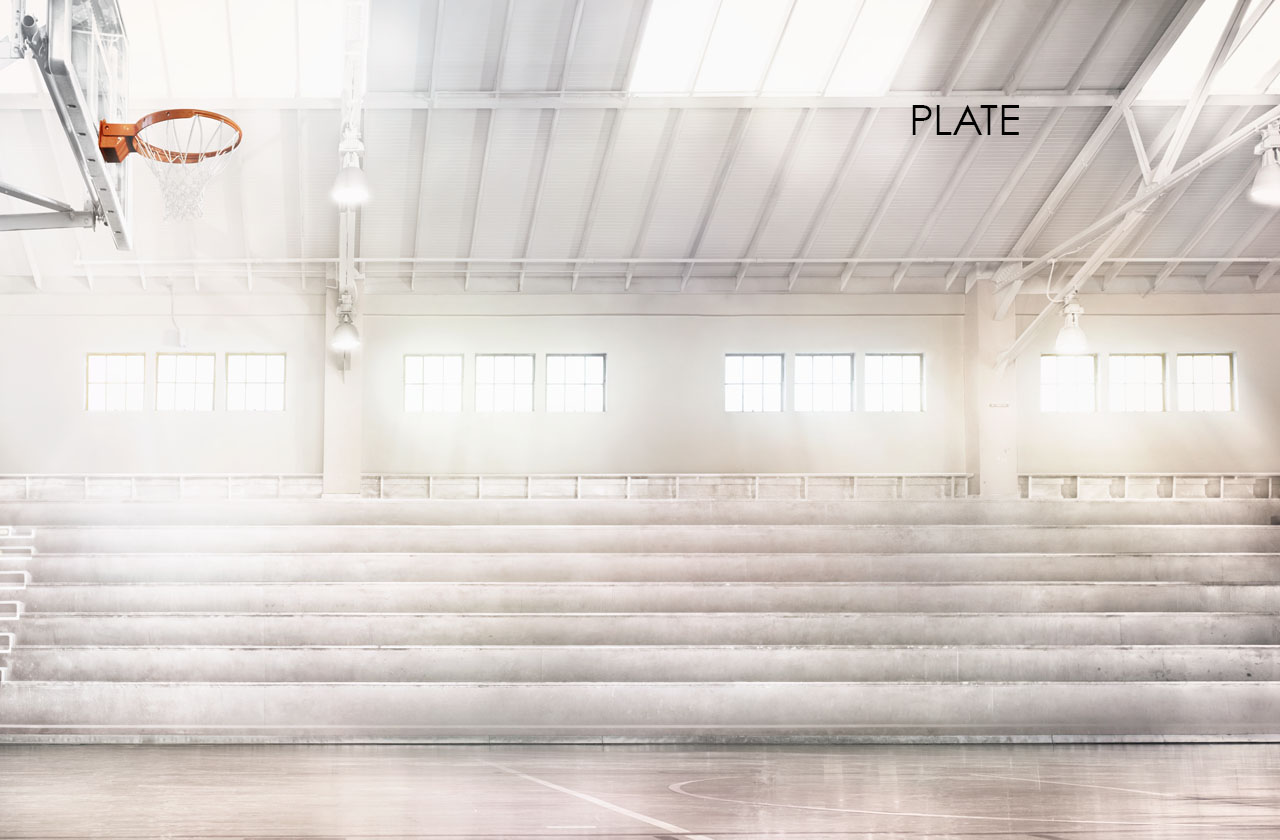
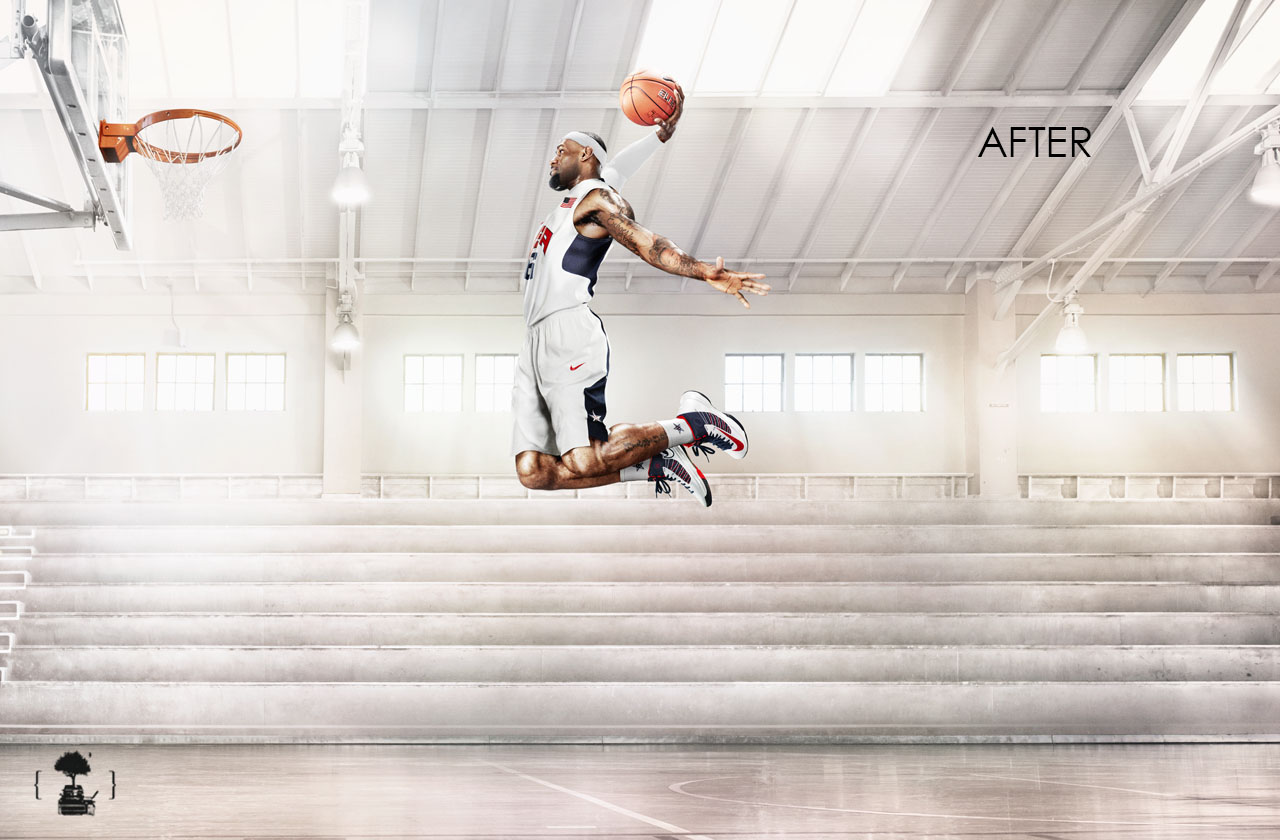
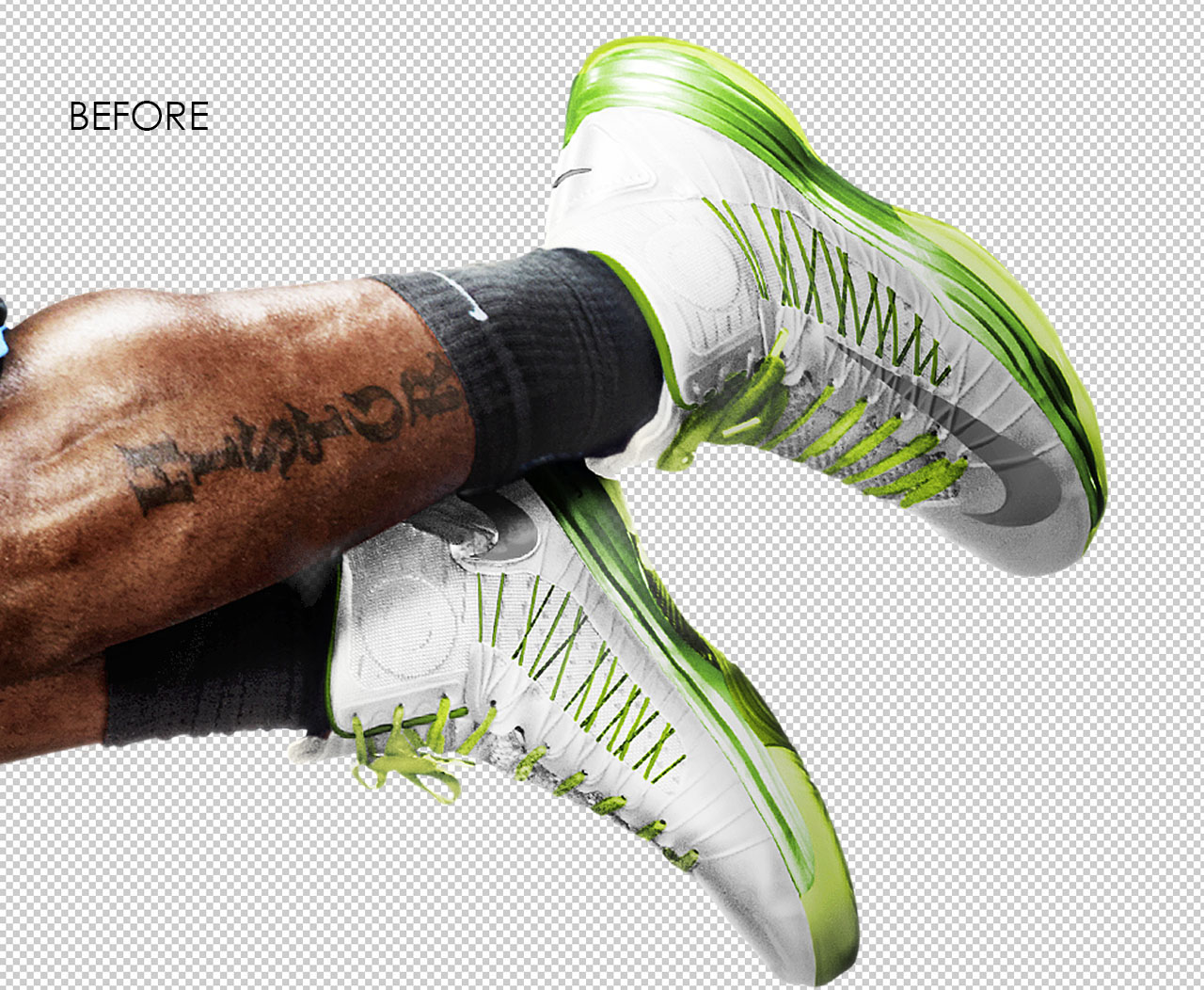
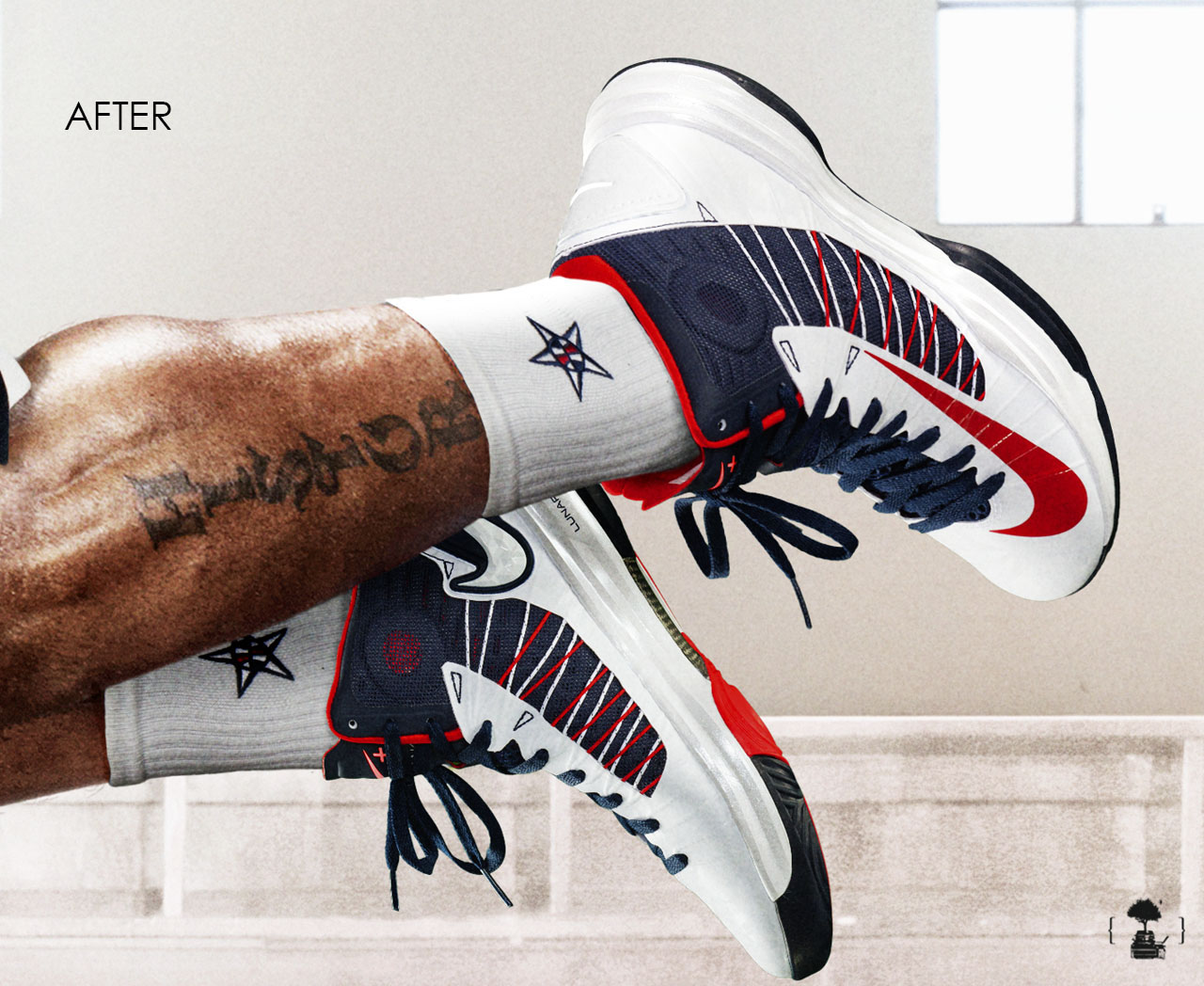

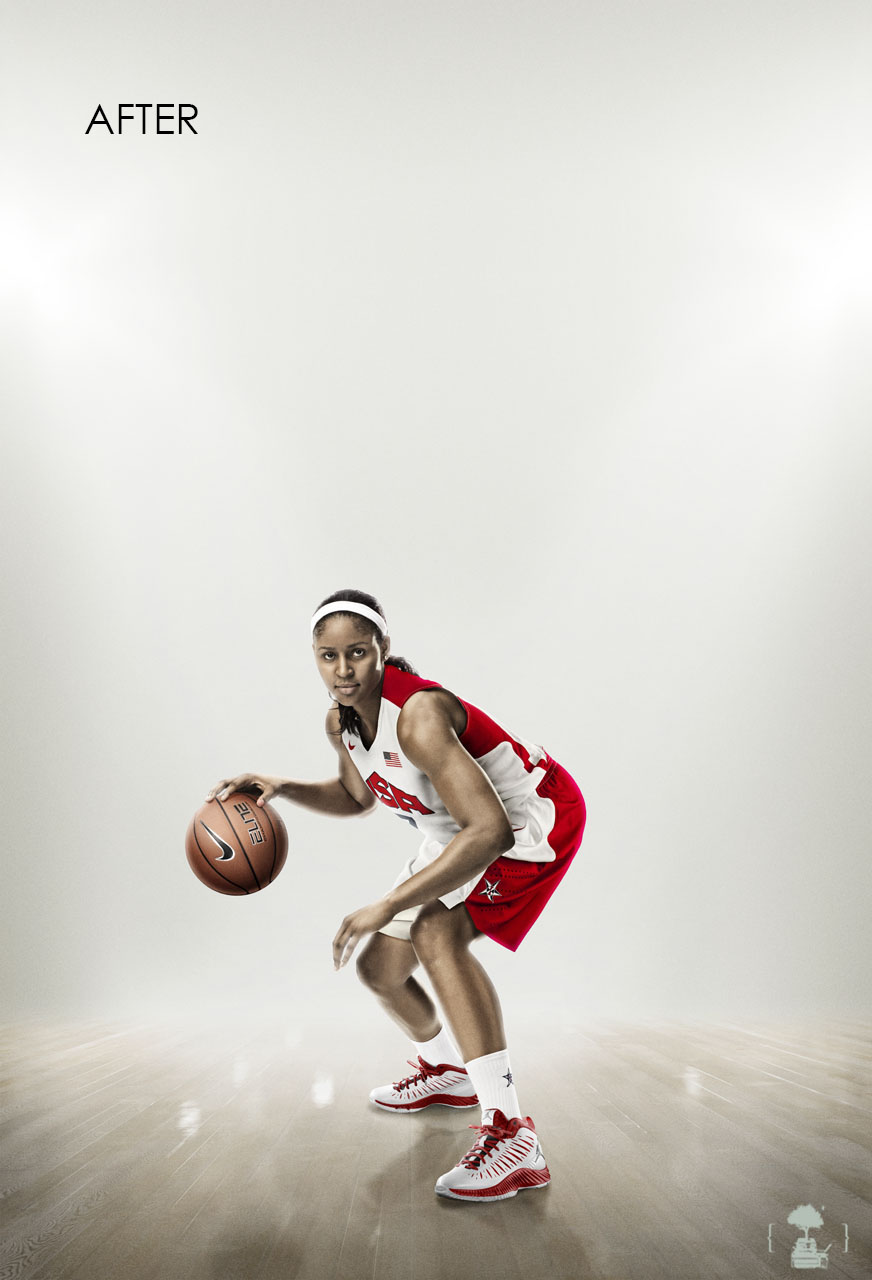

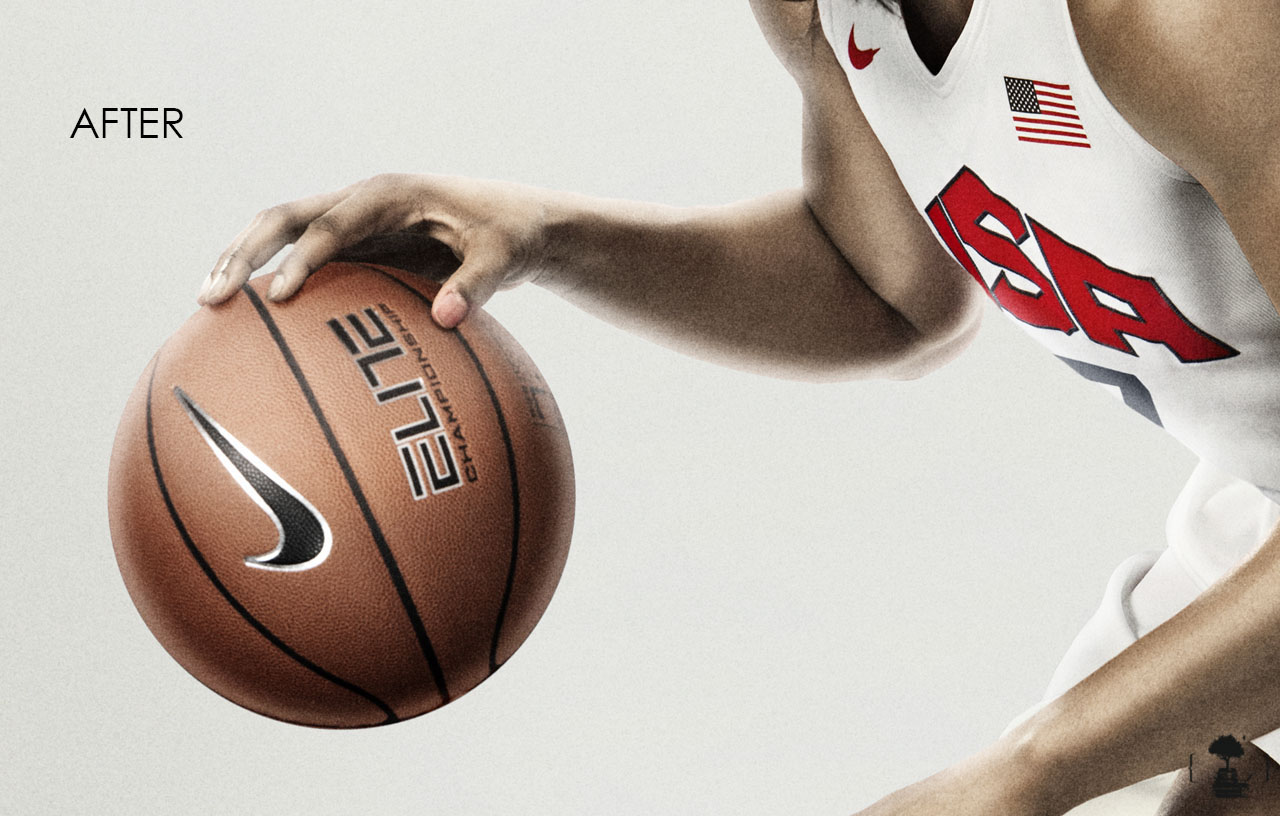
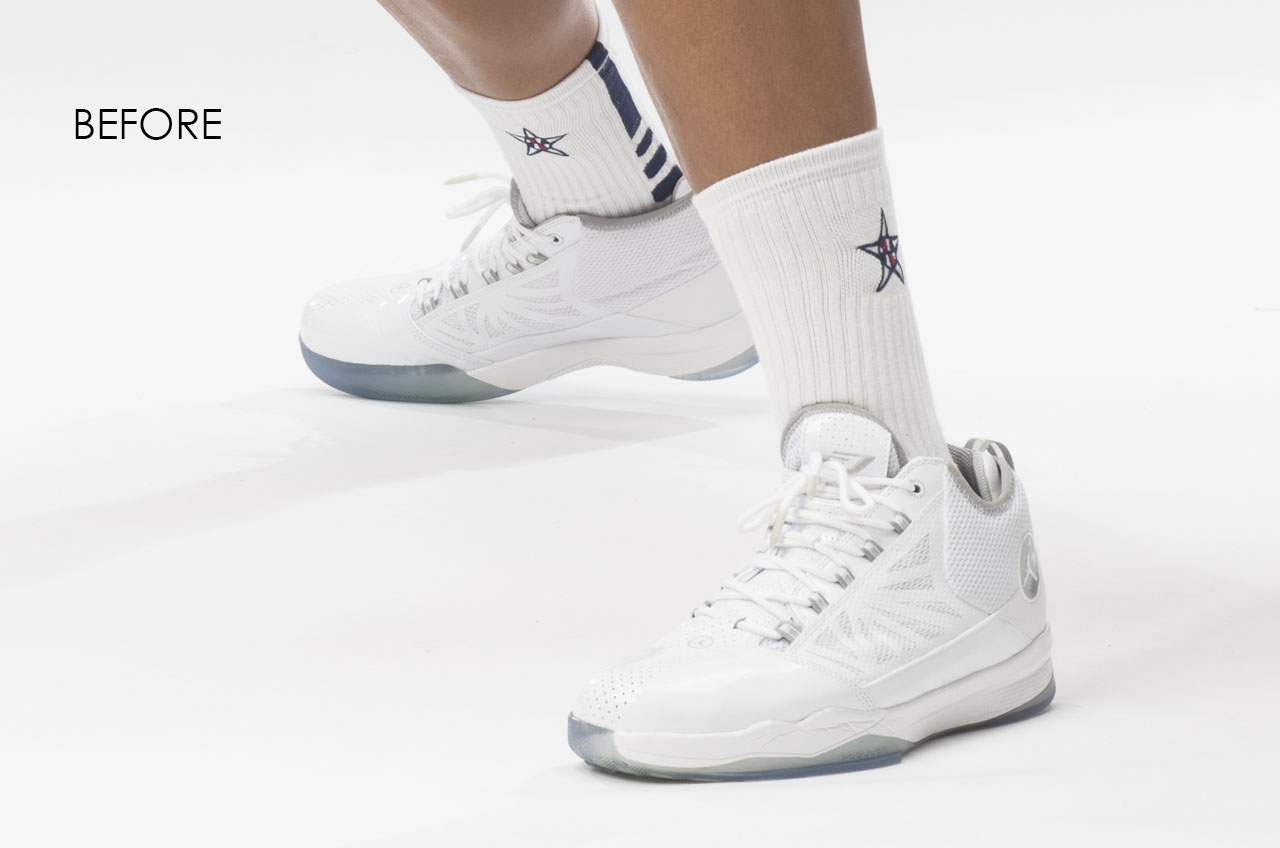

![]()
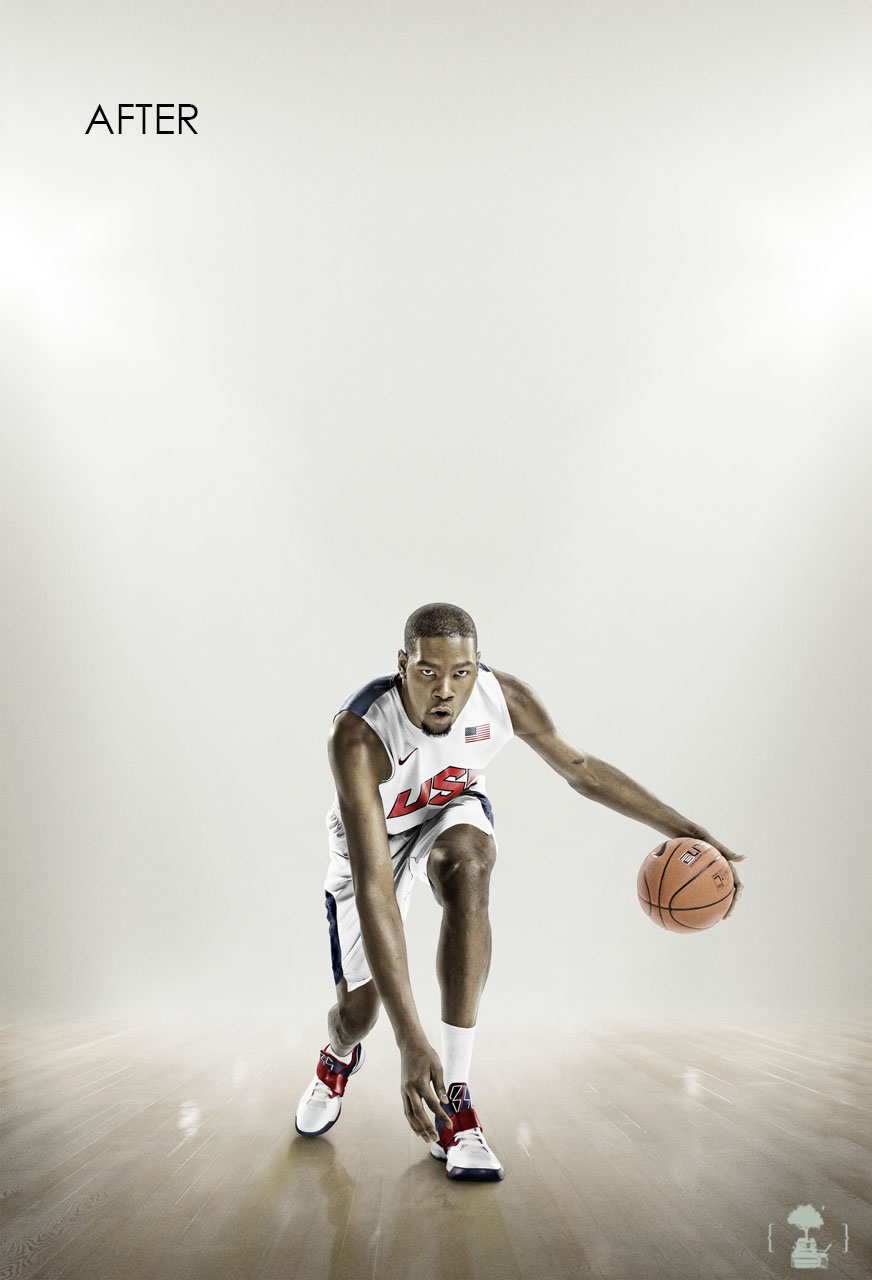
![]()
![]()

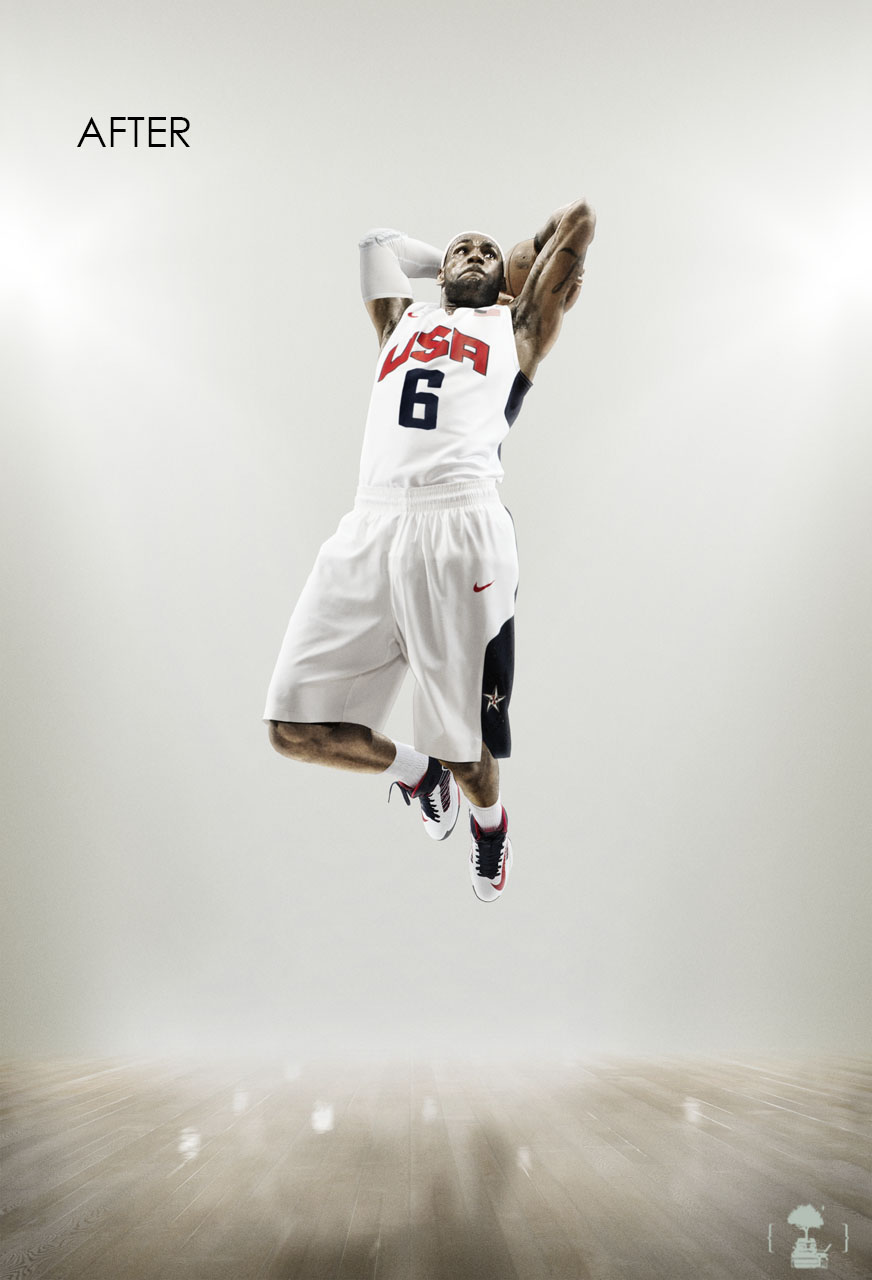
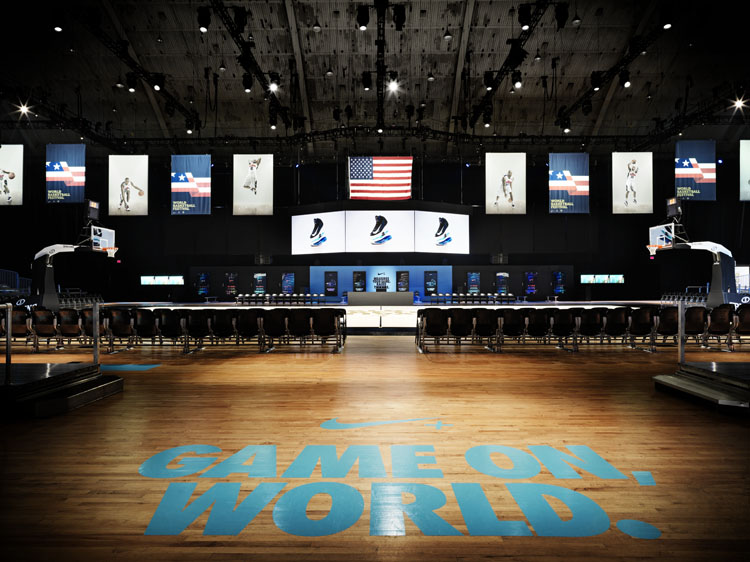
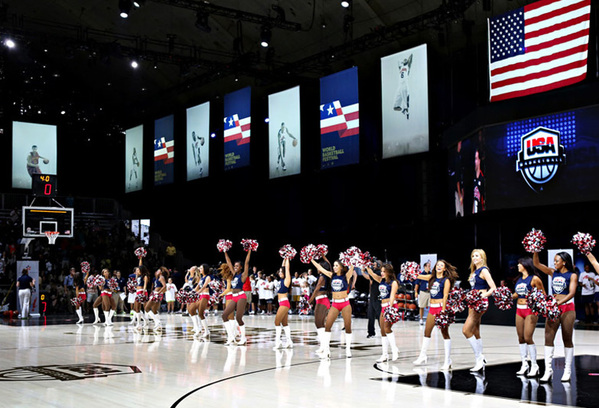 More to be seen on our Behance Portfolio.
More to be seen on our Behance Portfolio.
Congrats to Robb Long for the 6th Annual Photography Masters Cup Nominee title for the Fulton Beer project we worked on with him on. Check out the before and after.
 Congrats!
Congrats!
Photoshop has grown and changed over the last two decades, becoming something new and unexpected. That’s great: it means new functionality and (in theory) better performance. But if, like my dad, you’ve been using the app from the beginning, when it was a tiny village that did one thing and did it well, you might be suspicious of all this change. Or at least wonder what it’s good for. Photoshop today seems basically feature complete, and totally unassailable. It's more than just the best professional image editing app: it's kind of the only professional image editing app. It’s the city that, to do your job, you have to live in.